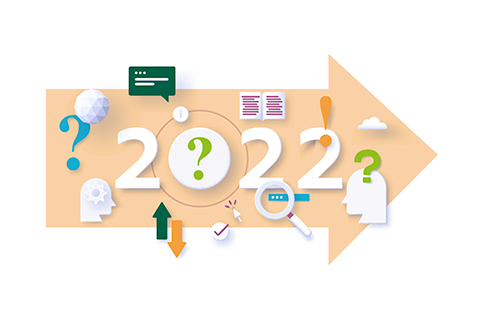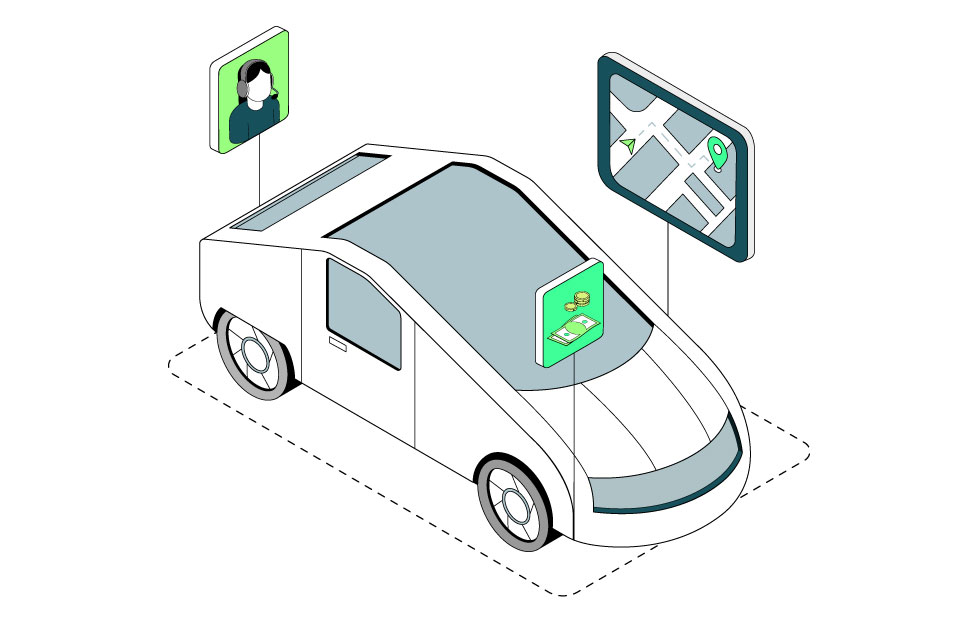It’s been another demanding year for organisations in an environment beset by the pandemic, economic uncertainty and, more latterly, intensifying supply chain issues and disruption. If anything, 2021 has been just as tough as 2020 was!
Thinking back to this time last year, most of us were looking forward to getting out of 2020 and hoping that 2021 would be a more normal year. It wasn’t. And it seems likely that 2022 will not be straightforward either.
That said, there are positives to celebrate. Organisations have continued to show huge resilience and determination, adapting according to market needs and maintaining their commitment to the service agenda. For that, customer service leaders and their teams deserve great credit.
But the fact is the outlook remains challenging. The same levels of energy and professionalism will be needed next year to keep serving customers and stay true to the organisation’s values and purpose.
Nine key themes for 2022
With so many moving parts, I think it will more crucial than ever that businesses stay really focused on the issues and areas that matter. To that end, at the Institute we’ve identified nine key themes for customer service in 2022. The full report is available here.
I won’t go through all nine individually in this blog. Not least because many of them are interlinked. They cover some of the absolute fundamentals: maintaining a focus on the service agenda because this will be crucial to navigating a disruptive environment; getting hybrid working right to enable organisational culture and collaboration; understanding customer needs and behaviours as they evolve in unpredictable ways; appreciating the importance of local relevance and community (which has been increased by the pandemic).
There are four trends that I want to highlight in a little more detail here, because they are areas where I think we have seen a real evolution during 2021.
Blending digital and human
First, the balance between digital, artificial intelligence-enabled and human customer experiences. Digital and AI-based solutions have been with for some time already, but it used to be that technology solutions were mainly used to automate back office processes and human service dominated in the front office. This has moved on. We are now seeing a much greater blend of digital and human capabilities working together at relevant points in the customer journey. It’s a trend driven by perceived changes in customer need, cost management and the desire to focus people resource on the experiences where human intervention has the greatest impact. Some customers are happy to embrace technology-based service, but significant numbers are unconvinced. In 2022, organisations will need to develop a more nuanced understanding of customers’ preferences for interacting through different channels according to the type of experience and personal context and their willingness to adapt their preferences and behaviour. As a result, there will be an increased need for insight about evolving behaviours and a heightened focus on the detailed design and execution of customer experiences and journeys.
Evolving skills needs
Second and related to this, evolving skills needs to deliver today’s service will lead to the rise of a new customer experience professional. There is a greater need for skills in customer experience design, data and cross-channel working. Our recent research highlighted managing customer relationships, innovation and agility, problem solving, empathy and customer experience design as especially significant in delivering organisations’ customer experience objectives. Strong importance is also attached to data analysis, motivating and engaging employees, financial management, collaboration, digital and social media skills.
Purpose and ESG
Third, we have seen a huge growth in the importance of inter-related areas such as purpose, values and ESG. The experiences endured by individuals, communities and organisations in 2021 make organisational purpose especially compelling. Refocusing and restating purpose can be a powerful way of engaging both customers and employees. While in the wake of COP26, and with consciousness of the critical importance of sustainability and low carbon growing across the board, a strong, meaningful and measurable approach to climate and wider ESG issues has become an imperative. Communicating and, more importantly, acting around these issues will be critical to engagement and loyalty amongst whole swathes of the customer base during 2022.
Serving a more polarised world
Finally, another area where we have seen increasing change during 2021, and which will be key to 2022, is polarisation. The pandemic has widened the gulf between those individuals who have accumulated wealth and enjoy high levels of disposable income, and those who are really struggling to make ends meet. Inflation is rising, prices have been going up especially in core commodities such as energy – and the Bank of England has just raised interest rates for the first time since August 2018. I fear that polarisation will increase in 2022, not only financially but politically and across many areas of life. For organisations, this means really assessing the implications for their customer base and creating a strategy to deal with it. Will the business focus on certain demographics more than others for example? Or retain an equal focus across customer segments? How will the business serve a more diverse and differentiated customer base?
Recharge your batteries!
Another key trend in 2021 has been a recognition of the importance of looking after our health – physical, mental and emotional. In that vein, I hope everyone finds the space for a refreshing break over the festive period. We need to look after ourselves and others, because we’re not islands and we all have an impact on each other.
I wish everyone a very Happy Christmas and a prosperous and successful New Year.



